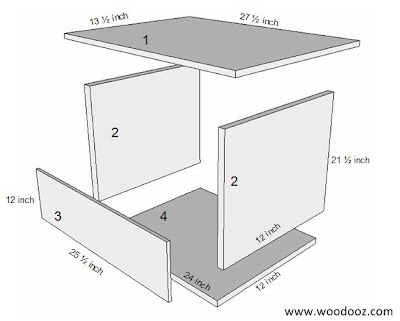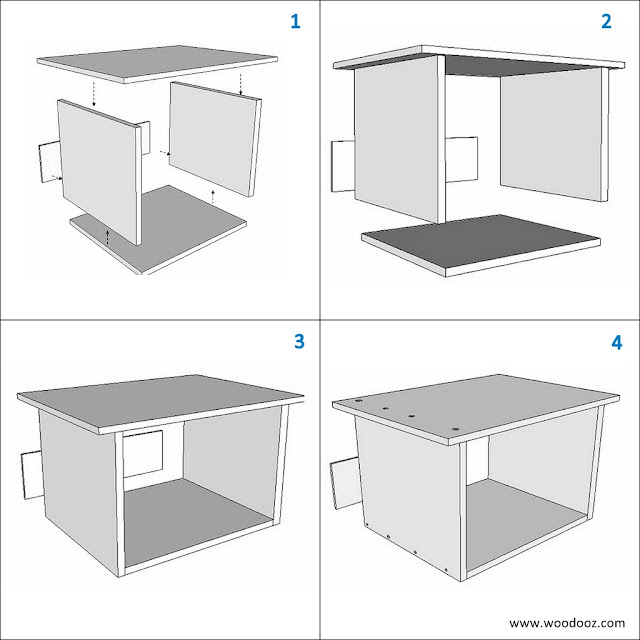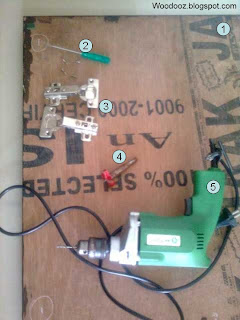There are two reasons why I have titled this post the way I have :
- One is because it is simply the easiest center table that you can ever make
- And secondly, I made my table with no prior knowledge on Woodworking and so I believe anyone can too
For reasons unknown, I never captured the individual steps involved in making the earlier tables. And so, I am going to take advantage of Google Sketchup and the illustrations I made to try to explain the steps in making this simple table. Point to note : This will work wonders if the height of the table is low, and the legs are wide.
Materials and tools required :
- 19mm Plywood (2 ft x 2 ft) for the table top
- Padauk Wood (4 inch x 4 inch and 23cm in height). You can get this from either a plywood store or a local timber store.
- In both the cases above, I gave the specifications to the store owner and had them cut at the store
- 3 inch screws
- Electric Drill
- One Side Teak for covering the table top
- Stains / paint as applicable
Step 1 and 2
Just place the plywood top on legs that are placed on each corner. Make sure the legs are properly aligned to be along the edges of the plywood top
Step 3 and 4
Drill pilot holes through the plywood top and into each of the legs beneath. Through the already drilled pilot holes, drive the 3 inch screws in. You will need a minimum of 2 screws and can add more if needed. As you can see, I drove those screws along the diagonal edges of the padauk legs.
You can smear Fevicol SR (before you drive the screws) to the surface of the legs and the top where they come in contact with each other.
 |
| Just drill pilot holes and drive the long screws in |
Step 5 and 6 :
Just allow the glue to dry and your table is ready. Of course, it is not ready in its finished state. You still have to sand, add color and apply a top coat. You can also install rubber bushes to the bottom of the legs to make pulling around noise free.
 |
| Install rubber bushes if required |
Do remember that this simple technique works as long as the table height is low and legs are wide. Longer and slender legs would mean there would be instability because of wobbling. Of course, this can be overcome by using joints and additional horizontal support between the legs, but then, it would not be the easiest table to make, right?
To finish, here’s what I did (You can click on the links for more details).
I covered the top with One Side Teak, completely sanded all the surfaces (top and the legs) and finally stained it.
So, agree or not agree? Does that look like the simplest table? Share your thoughts.
Linking in : Colours Dekor




























